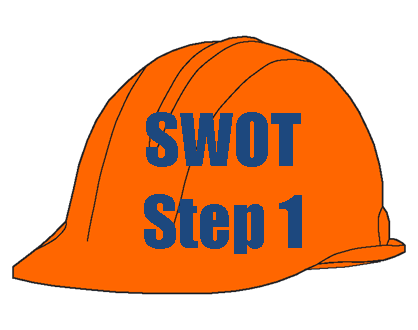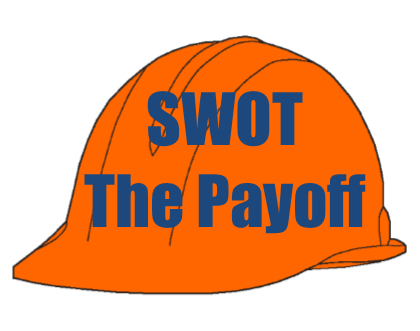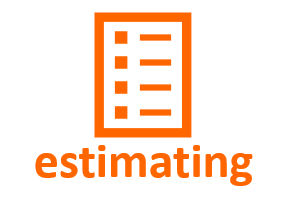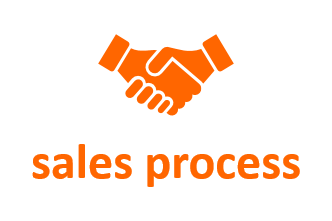S.W.O.T. to Success
Strengths, Weaknesses, Opportunities, Threats Analysis for Builders
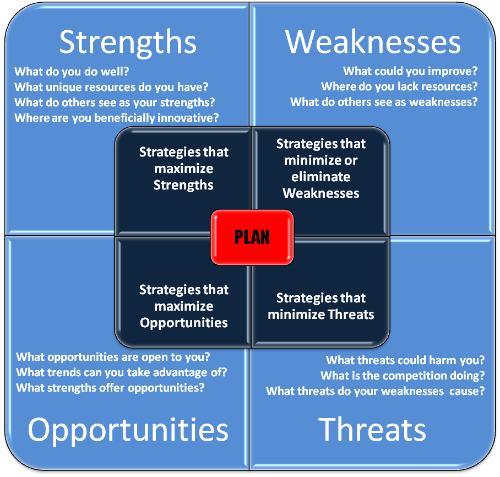
S.W.O.T. Analysis is a very powerful decision-making and planning tool that you must have in your management arsenal, and must use in your planning process.
In this process, you involve the most important people in your business to help you make decisions about the future direction of your business. You can invite your employees, managers, stakeholders, customers and suppliers to share their thoughts relating to your company's mission and initiatives.
The acronym S.W.O.T. stands for Strengths, Weaknesses, Opportunities, and Threats. The application of this tool to your business provides a comprehensive look at where your business stands in relation to your market and your competitors and the effect of the expected external economic conditions on your business. When properly conducted, this analytical tool will produce a number of initiatives for the coming year which will allow you to
- Maximize Strengths,
- Minimize or Eliminate Weaknesses,
- Identify Market Opportunities and
- Recognize and Mitigate Threats.
Four steps in the S.W.O.T. process
Some suggestions
1. Many companies will have a third party facilitate the S.W.O.T. Analysis because of the sensitive nature of some of the areas of inquiry.
2. If you decide to keep the analysis in-house, at the very least the survey document should be distributed, collected and collated by non-management personnel, and the responses must be kept anonymous. If useful information is to be generated, there should be no concern on the part of participants that rankings regarding management competence or other sensitive subjects will endanger their careers.
3. Management should also make a clear statement that truthful responses are sought and expected, and that the usefulness of this exercise is compromised if such is not the case.
An Update on Brainstorming
4. I would have no more than 10 participants in the brainstorming session. More than that, and the process becomes unwieldy. If you feel that you would like to have more than that number involved in the process, I would suggest running sub-sessions which would then send representatives to the main session.
5. A second alternative is to run brain-storming sessions in specific disciplines such as Marketing, Finance, Production, etc. Each of these sub-sessions would then generate a version of S.W.O.T. for the main session.
